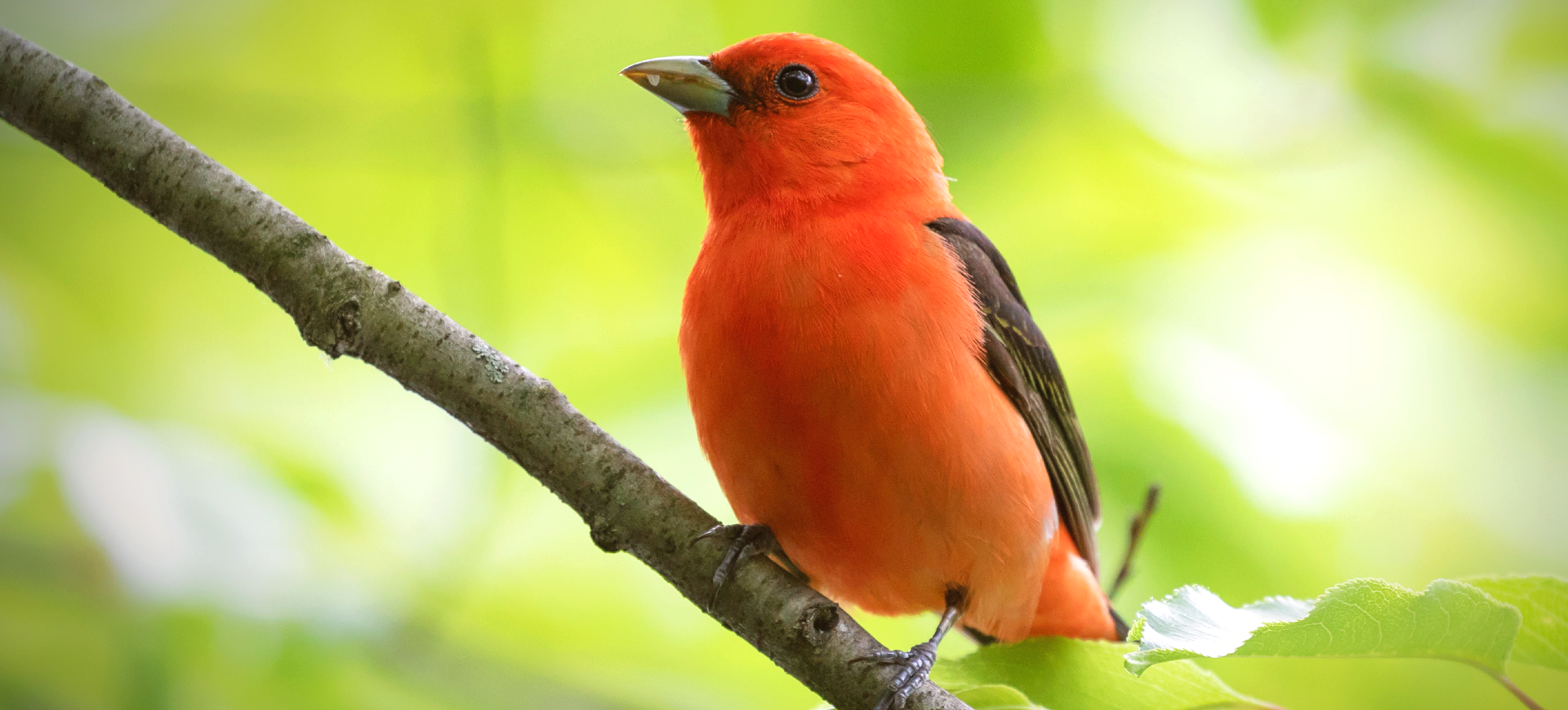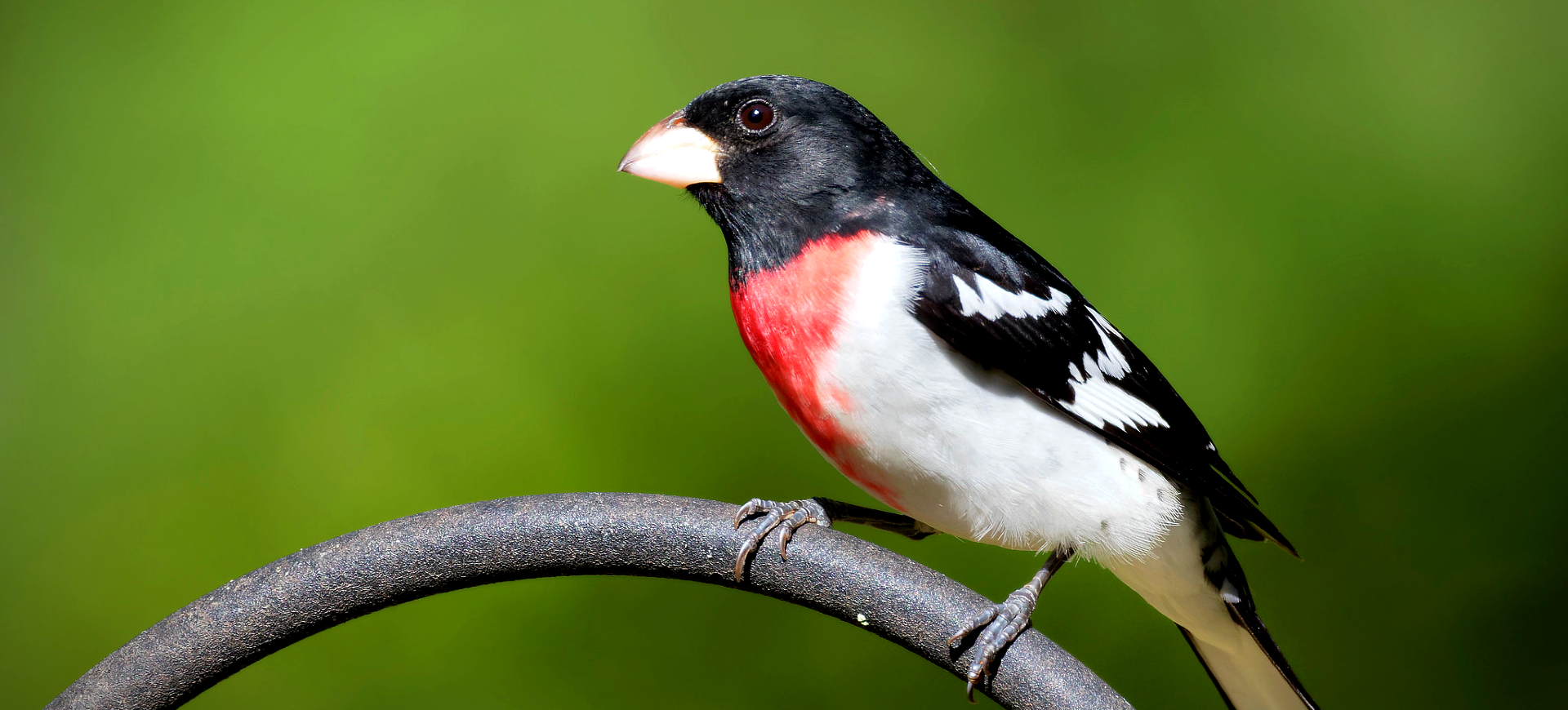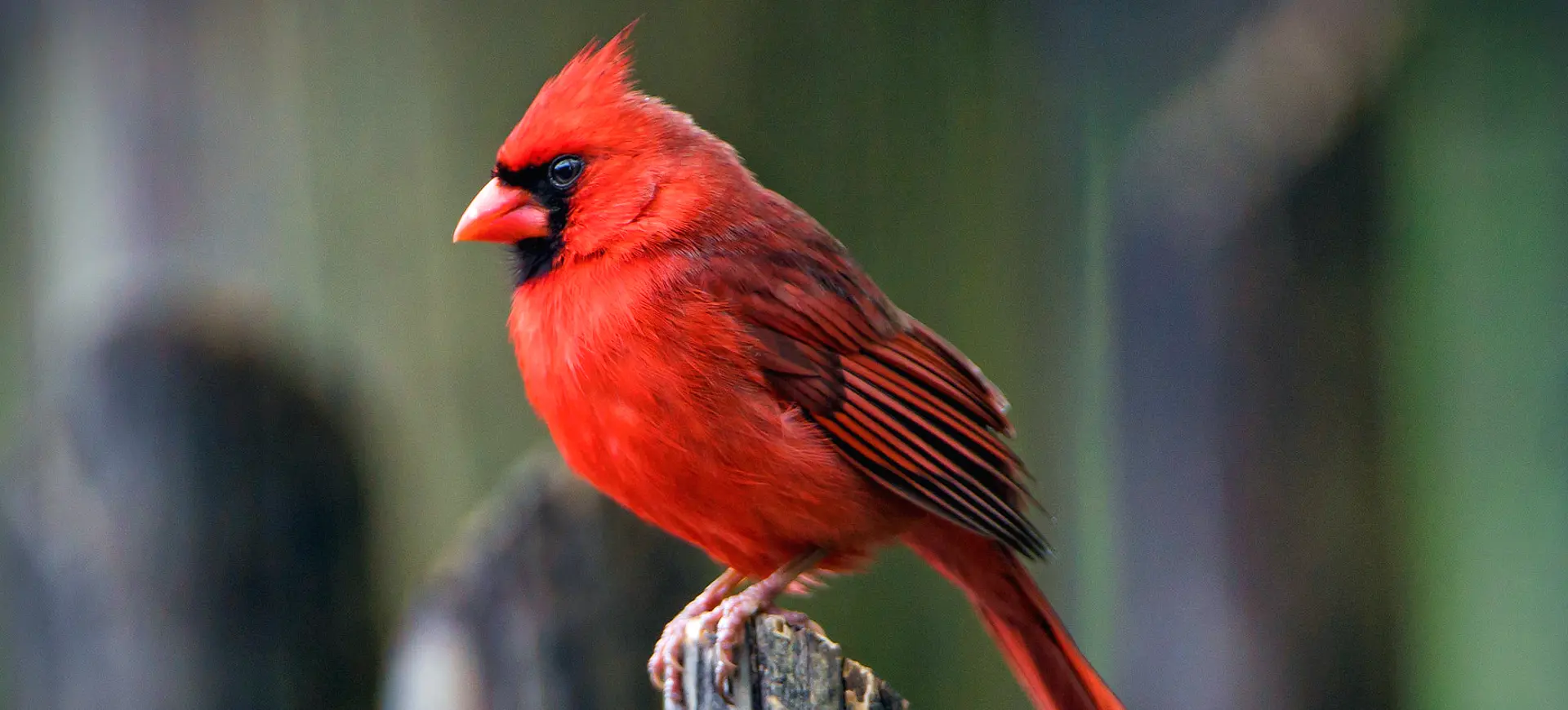Overview
The Indigo Bunting (Passerina cyanea) is a small, brilliantly colored songbird renowned for its vibrant blue plumage, captivating observers. Males are especially striking with their bright indigo-blue feathers, which appear even more luminous under direct sunlight. At the same time, females and juveniles display a more subdued brown or buff color, blending easily with their surroundings. These birds are often found in open wooded areas, on the edges of forests, and along roadsides, where they can be seen perched on high vantage points singing melodious tunes.
Indigo Buntings are migratory, breeding across eastern North America in the summer and wintering in Central America, the Caribbean, and northern South America. Their diet primarily consists of insects during the breeding season, providing them with the necessary protein for reproduction and seeds during the rest of the year. The stark contrast between the males’ breeding and non-breeding plumage is a remarkable example of seasonal color change in birds, with males shedding their bright feathers for a more muted coloration outside the breeding season.
These birds are known for their sweet songs, which males use to establish territories and attract mates. The song of the Indigo Bunting is a rapid, cheerful warble that can be heard throughout the day, but most prominently at dawn and dusk. Despite their small size, Indigo Buntings are resilient, navigating long migratory journeys and adapting to various habitats to breed and feed.
Taxonomy
Kingdom
Phylum
Class
Order
Family
Genus
Species
Type
Physical Description:
Indigo Buntings are small birds, measuring about 4.5 to 5 inches long and weighing around 0.4 to 0.6 ounces. Males in breeding plumage are almost entirely bright indigo blue, a coloration that results not from pigment but from the microscopic structure of their feathers, which refracts and scatters light. Females and non-breeding males are primarily brown, with faint streaks or washes of blue on their wings and tails, providing excellent camouflage against predators.
These buntings have a conical bill typical of seed-eaters, yet they adapt their diet seasonally to include insects. Their small size and vivid coloration make them a favorite among birdwatchers, though the females’ more muted tones require a keener eye to spot. The transition between males’ breeding and non-breeding plumage provides a fascinating study of avian adaptation and sexual selection.

Lifespan: Wild: ~3 Years || Captivity: ~10 Years

Weight: Male & Female: 0.4-0.6 ounces (11-17 g)

Length: Male & Female: 4.5-5 inches (11.5-12.7 cm)

Wingspan: Male & Female: 7-9 inches (18-23 cm)

Top Speed: 20 mph (32 km/h)
Characteristic:
Native Habitat:
Indigo Buntings breed in open and semi-open areas across eastern North America, from Canada to northern Florida and west to Texas and the Dakotas. Their preferred breeding habitats include farmlands, brushy fields, and woods edges, where they can find a mix of vegetation for nesting and feeding. During migration, they utilize a variety of stopover habitats, demonstrating their flexibility in habitat use.
In the winter, Indigo Buntings migrate to Central America and the Caribbean, where they inhabit similar open and scrubby habitats. This migratory pattern underscores their adaptability and the importance of conserving habitats across their migratory path to ensure their survival.
Climate Zones:
Biomes:
Biogeographical Realms:
Continents:
Countries:
Diet:
Diet & Feeding Habits:
The diet of the Indigo Bunting shifts with the seasons, reflecting their adaptability and varied habitat use. During the breeding season, they primarily consume insects, such as caterpillars, beetles, and aphids, which provide the high protein content needed for egg production and feeding the young. Outside the breeding season, they switch to a diet of seeds, grains, and berries, utilizing their strong bills to crack open seeds easily.
Indigo Buntings forage on the ground or in vegetation, often seen hopping along branches or through underbrush in search of food. Their ability to alter their diet based on availability is a key factor in their survival across diverse environments and during migration.
Mating Behavior:
Mating Description:
Indigo Buntings are monogamous or polygynous, with some males mating with more than one female during the breeding season. Males establish territories through vocal displays and vibrant plumage, attracting females with their striking blue color and complex songs. The female builds the nest, usually in a concealed location close to the ground or in low bushes, where she lays 3 to 4 eggs.
The eggs are incubated by the female for about 12 to 14 days, during which the male may guard the territory and feed the female. After hatching, both parents feed the chicks, which fledge about 10 to 14 days later. The care provided by both parents ensures the survival of the offspring until they are independent.
Reproduction Season:
Birth Type:
Pregnancy Duration:
Female Name:
Male Name:
Baby Name:
Social Structure Description:
Indigo Buntings exhibit a complex social structure, with males establishing territories they defend vigorously during breeding. Outside of breeding, they may join mixed-species flocks during migration and in their wintering grounds, demonstrating social flexibility. The interactions within and between species in these flocks play a crucial role in their survival, offering protection from predators and increased foraging efficiency.
Understanding the social behavior of Indigo Buntings, including territory establishment, mate selection, and flock dynamics, provides insights into their ecology and the factors influencing their population dynamics.
Groups:
Conservation Status:
Population Trend:
The Indigo Bunting is widespread, with stable populations in many areas. However, it is not immune to habitat loss, pesticide use, and climate change, which can impact its breeding and wintering habitats. Its ability to adapt to various environments has been a key factor in its resilience, allowing it to thrive in natural and human-altered landscapes.
Ongoing research and monitoring are essential for understanding the long-term trends of Indigo Bunting populations and the effects of environmental changes on their distribution and breeding success. Conservation initiatives that focus on protecting crucial habitats and promoting environmentally friendly agricultural practices can help ensure the future of this vibrant species.
Population Threats:
Indigo Buntings face several threats across their range, including habitat loss due to agricultural expansion and urban development, which reduces the availability of their preferred open and semi-open habitats. Pesticide use can decrease the abundance of insects, impacting their diet and reproductive success. Additionally, collisions with man-made structures and predation by domestic cats pose significant risks, especially in areas where their habitats overlap with human settlements.
Climate change also presents a threat by potentially altering their migratory patterns and the availability of suitable habitats and food sources. These challenges underscore the importance of comprehensive conservation strategies to mitigate the impacts on Indigo Bunting populations.
Conservation Efforts:
Conservation efforts for the Indigo Bunting focus on habitat preservation and restoration, particularly in breeding and wintering areas. Protecting corridors along migratory routes is also crucial for survival, ensuring safe passage between summer and winter habitats. Initiatives to reduce pesticide use and promote bird-friendly agricultural practices can help maintain the insect populations necessary for their diet.
Engagement with local communities, landowners, and policymakers is essential for fostering conservation actions that benefit Indigo Buntings and other migratory bird species. Citizen science programs contribute valuable data on their distribution and population trends, aiding in developing effective conservation strategies.
Additional Resources:
Fun Facts
- The brilliant blue color of male Indigo Buntings is not the result of pigment but is instead caused by the diffraction of light due to the structure of their feathers.
- Indigo Buntings use the stars to navigate during their nocturnal migration, a remarkable feat of natural navigation.
- They can learn new songs throughout their lives and often incorporate elements of other birds’ songs into their own.
- Despite their small size, Indigo Buntings have a loud and complex song that can be heard over long distances, serving to establish territory and attract mates.
- The species name “cyanea” comes from the Greek word for “dark blue,” aptly describing the male’s breeding plumage.
- Indigo Buntings can consume up to twice their body weight in food during the breeding season, highlighting their need for high-energy resources to support reproduction.
- They are often seen singing from the highest point in an area, such as the top of a tree or a telephone wire, making them conspicuous in their habitat.
- The presence of Indigo Buntings is a good indicator of healthy, diverse ecosystems due to their requirement for various habitats throughout the year.
- Research has shown that Indigo Bunting populations can benefit from agricultural practices that leave edges and hedgerows intact, providing vital habitat for these birds.
- The Indigo Bunting’s vibrant coloration and cheerful song make it a favorite among birdwatchers and nature enthusiasts, symbolizing the beauty and complexity of North American avifauna.











